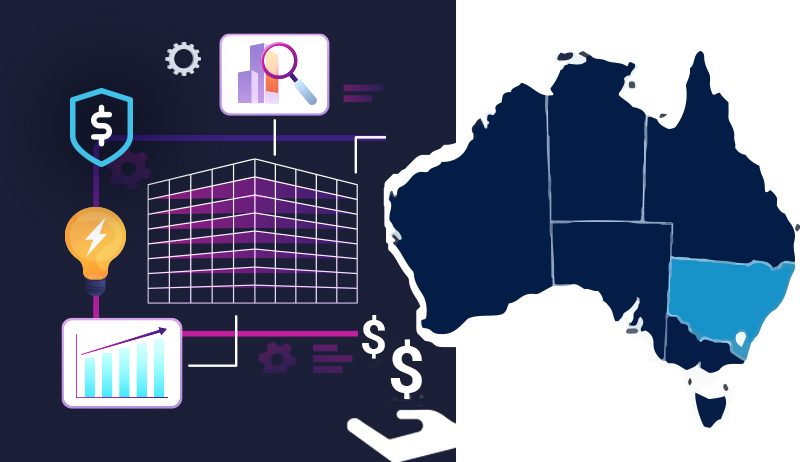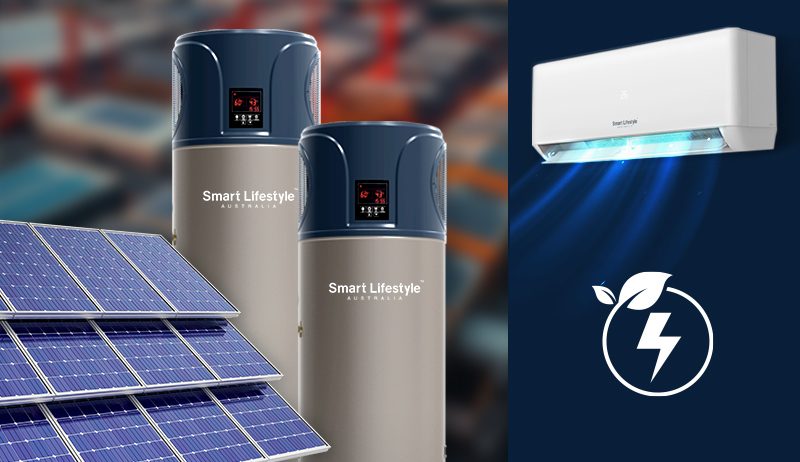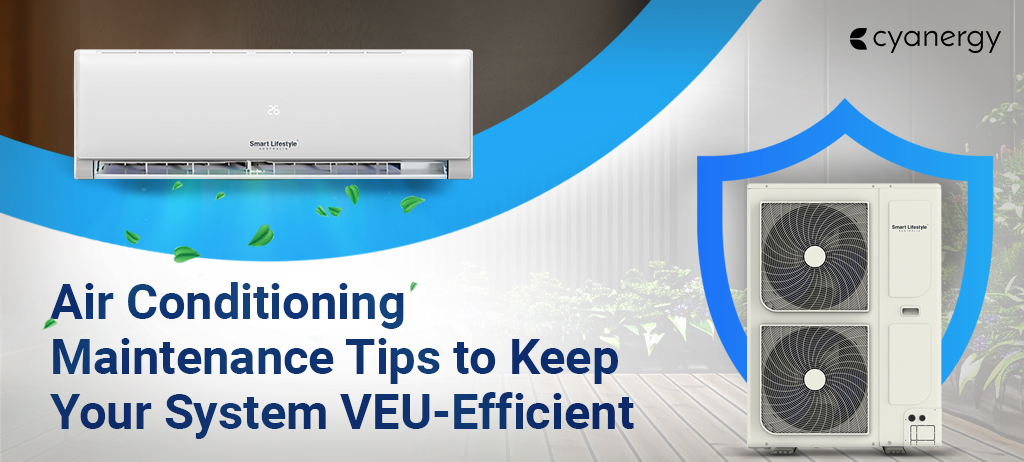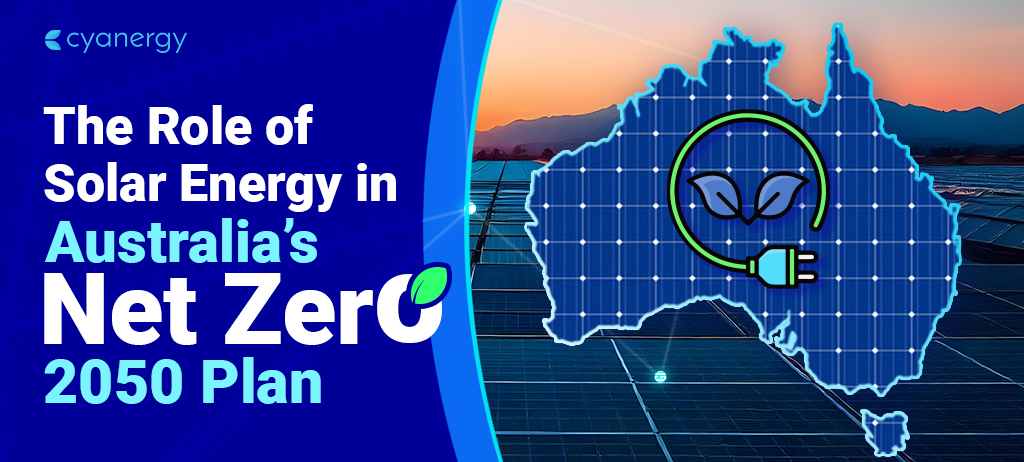New South Wales (NSW) is shifting to a new energy system that is clean, affordable, and dependable. Between 2009 and 2022, a program has helped projects that are expected to save 48,000 gigawatt hours (GWh) of energy by 2033.
This program will cut greenhouse gas emissions for households and businesses by 35 to 40 megatonnes by 2024, which is about the same as the emissions from NSW’s transport sector in 2022.
The Energy Savings Scheme (ESS) for businesses provides financial rewards to update their equipment and processes to use energy more efficiently.
The Energy Savings Scheme (ESS) aims to help NSW households and businesses reduce energy costs by providing financial incentives to install energy-saving equipment and appliances.
Under the ESS guidelines, specific approved energy-saving actions are listed for suppliers to help them create energy savings certificates (ESC) needed to meet energy-saving goals. These actions are regularly updated to keep the program current and effective.
Energy Savings Scheme (ESS) NSW For Businesses
What to Expect?
Who is This For?
Overview
The Energy Savings Scheme (ESS) helps NSW businesses by providing financial incentives to invest in projects that reduce energy use. Incentives can be used for new equipment or to improve existing systems.
Eligible equipment and systems include:
- lighting
- heating, ventilation, and air conditioning (HVAC)
- motors, fans, and pumps
- compressed air systems
- refrigeration
- hot water and steam systems
- furnaces
- batteries added to solar systems.
All work must be done with a government-approved supplier, called an Accredited Certificate Provider (ACP), who will guide you through the process and help secure the incentive.
Eligibility Requirements
Benefits of Participating in the Energy Savings Scheme (ESS) for Businesses

Lower Energy Bills:
Better Brand Image:
Improved Competitiveness:
Compliance and Financial Support:
Steps to Join the ESS
Initial Assessment: Start with an energy audit to understand how energy is currently used and identify areas for improvement. This provides a baseline for measuring the success of any upgrades.
Identify Opportunities: Use the audit results to identify the best energy-saving projects with a good return on investment, such as switching to LED lighting or upgrading equipment.
Implement Projects: With a plan in place, install new technology, improve existing systems, or change practices to save energy.
Claim Incentives: After completing projects, apply for ESS incentives to help cover costs, making it more affordable and shortening the payback time.
Tips for Getting the Most Out of the ESS
Conduct Detailed Energy Audits:
Consult with Energy Experts:
Make Energy Efficiency Part of Your Strategy:
The Latest Energy Savings Scheme Rule

The most recent Energy Savings Scheme (ESS) Rule was released on May 24, 2024, and became effective on June 19, 2024.
This new rule includes a transition period allowing ESCs (Energy Savings Certificates) to be created using the previous ESS Rule.
Until June 19, 2024, the 2022 ESS Rule was in use. Key updates in the new rule include:
- Removing incentives for new refrigerated cabinet activities.
- Changing incentives for refrigerated cabinets by lowering savings estimates and eliminating support for 4-sided display cabinets.
- Aligning high-efficiency pool pump operations with the Peak Demand Reduction Scheme (PDRS).
- Updating the method for calculating energy savings from commercial air conditioners.
- Developing new baselines and calculations to better capture actual energy savings from hot water systems used in homes and small businesses.
- Changing the co-payments for residential hot water systems and introducing new ones for residential air conditioners and commercial heat pump water heaters.
- Implementing administrative changes to improve program management.
Main Factors Affecting Business Electricity Prices| Understanding Business Electricity Prices
Understanding business electricity costs is key to controlling expenses. Unlike set residential rates, business electricity prices are custom-made to fit each company’s specific energy needs and patterns.
This tailored approach comes with both challenges and opportunities, requiring businesses to manage their electricity expenses closely.
Location:
Where your business is significantly located impacts electricity prices. Rates vary between states and even within regions of a state due to differences in energy resources and regulations.
Areas with more natural resources or competitive energy markets may offer lower rates, while locations with fewer resources or stricter rules may have higher rates.
Usage Patterns:
How your business uses electricity also affects prices. Providers often offer better rates to companies with steady energy use, as it’s easier to supply them efficiently.
However, businesses with inconsistent energy needs might face higher costs due to the challenges of meeting unpredictable demands.
Market Conditions:
Ways to Manage and Reduce Business Electricity Costs
Understand Your Energy Use:
Negotiate Better Rates:
Consider Fixed-Rate Contracts:
Use Time-of-Use Rates:
Follow Market Trends:
How Cyanergy Can Help Businesses Get the Best Electricity Prices

Custom Energy Solutions:
Negotiation:
Market Insights:
Frequently Asked Questions (FAQs) for Energy Savings Scheme NSW For Businesses
What is an Energy Savings Certificate (ESC)?
An ESC is a certificate that represents one megawatt-hour (MWh) of energy saved by carrying out approved energy-saving activities in NSW.
The Independent Pricing and Regulatory Tribunal (IPART) has guidelines for calculating the number of ESCs an upgrade can earn.
Businesses and organisations that participate in the scheme must get and submit ESCs to IPART to meet their energy savings obligations under the ESS.
Which Activities Qualify for ESCs in the ESS?
There are several ways to save energy in the commercial and industrial sectors of NSW.
For Small Business:
- Upgrading heat pump water heaters
- Installing LED lighting
- Upgrading air conditioning
- Upgrading pool pumps
For Commercial and Industrial:
- Upgrading commercial and public lighting
- Installing high-efficiency appliances (like HVAC systems and refrigerators)
- Upgrading industrial equipment and processes
How Much Can Customers Save on Upgrades with ESCs?
The energy savings from each type of activity are calculated using formulas that compare the energy usage of the old, less efficient equipment with that of the new, efficient equipment. The more significant the difference, the more ESCs the upgrade will earn.
For example, replacing an electric hot water system with a high-efficiency heat pump water heater could earn up to 45 ESCs.
A split-system air conditioner upgrade might qualify for around 11 ESCs, while installing a high-efficiency refrigerated display cabinet in a small business could generate even more ESCs due to higher energy savings.







